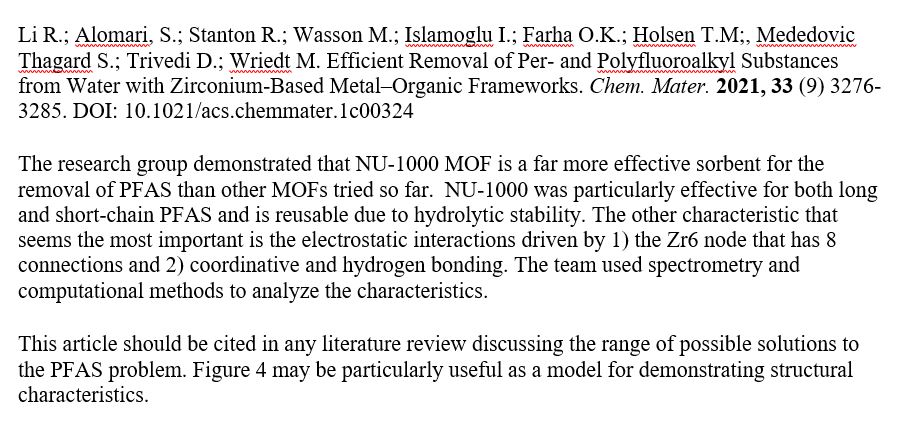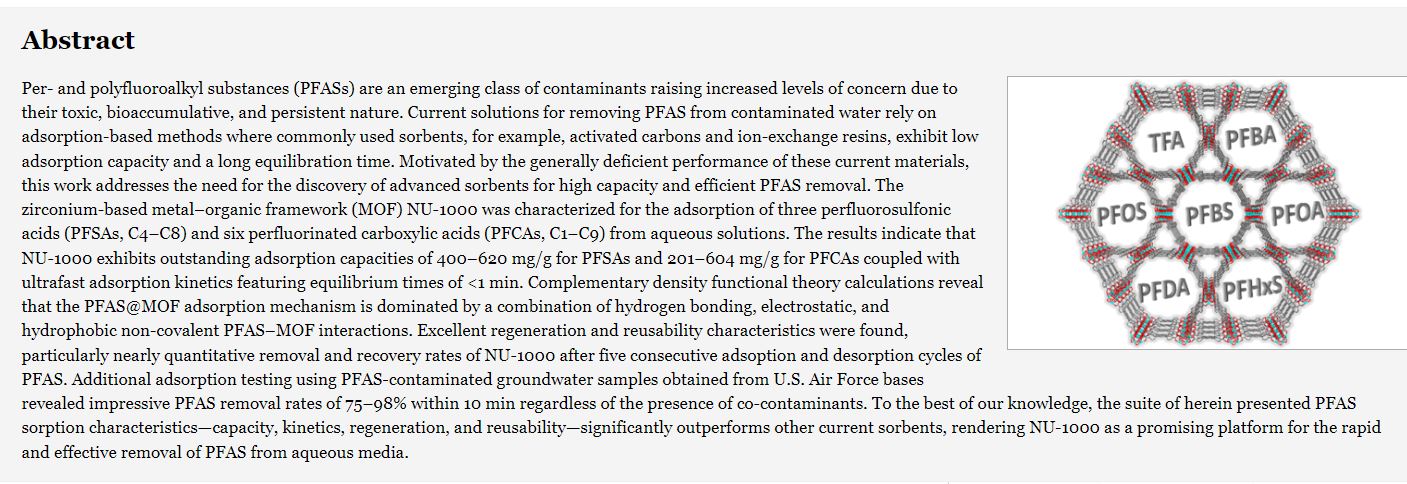An annotated bibliography is a very important tool for collecting and keeping track of your sources. You will reference at least 25 sources in an article for publication. To decide which 25 to use you will have had to read over 100. You need to figure out a way to keep track of those 100+ articles, and the annotated bibliography is the tool for that. With that in mind, think of the annotation as notes to yourself, so that if it has been two years since you read the article, you can scan your AnnBib and refresh your memory with your notes. Then you can quickly decide whether it would be useful to reread the article for this year’s project.
The Parts of the Annotated Bibliography
“Bibliography” refers to the collection of references. The references should be kept in whatever reference format is used most often in your field. Information on citations formats.
“Annotation” refers to your notes on the content. The Annotation should have two parts: the summary and the evaluation. Annotations vary greatly in length depending on the purpose of the writer. Sometimes they are one sentence and sometimes a page. Usually, it is easier for you if you write a longer summary and a shorter evaluation.
Sample Annotated Bibliography in STEM Education
Activity labeling different parts of an entry.
Difference between an Abstract and an Annotation Summary
UNDER CONSTRUCTION–View this video on the difference between an abstract and an annotation using the examples above.
Notes on the Reference Citation
A citation generator will not necessarily give you the right results because it may depend on how you type it in the information. You always need to double check.
- the location of the article title: after the authors VS above the authors
- authors’ names: Li R; VS Rui Li
- journal title: full VS abbreviated
With that said, here is a link to the Clarkson Libraries information on citation generators such as Zotero and Mandalay.
Accuracy and Plagiarism
Remember the purpose of the AnnBib is to help you keep track of what you’re reading. You may refer to it months after you’ve created it, so you don’t want to get confused about what the authors said and what you said. For that reason, you need to keep what they said VS what you said distinct. Be sure to keep the evaluation completely separated from the summary. You also need to be sure that your summary hasn’t borrowed the authors words aka plagiarism. For that reason, it is very useful for the summary to be ultra-short and NOT try to use paraphrasing.
Check on the American standard of Plagiarism here.
Other sources on Annotated Bibliographies: Monash University,

